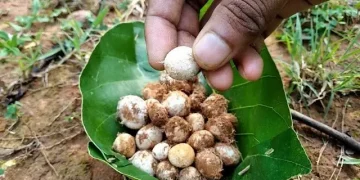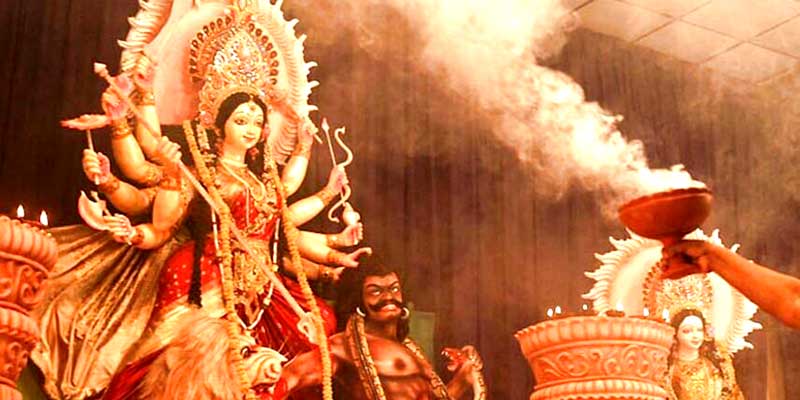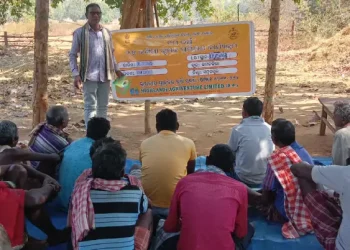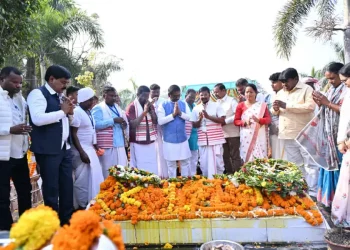A very popular sweetmeat is the Peetha. Peetha holds a special place in every Bengali household during Durga Puja festivities and other festivals including Makar Sankranti. Nevertheless, the traditional styles of Peetha making on mud ovens and using hand-grounded ingredients by our grandmothers have slowly died down. What we now have the modern tweaked versions.
Although Peetha is typically served all over West Bengal, Assam and Odisha, Jangalmahal has a different variety. The difference lies in the fact that it has a non-vegetarian stuffing.
Generally, small balls of rice flour dough are rolled out, filled with a sweet stuffing of khoya, paneer or grated coconut, rolled up and steamed or fried. But the tribals make an altogether different savoury version of this treat – and it’s equally delicious.
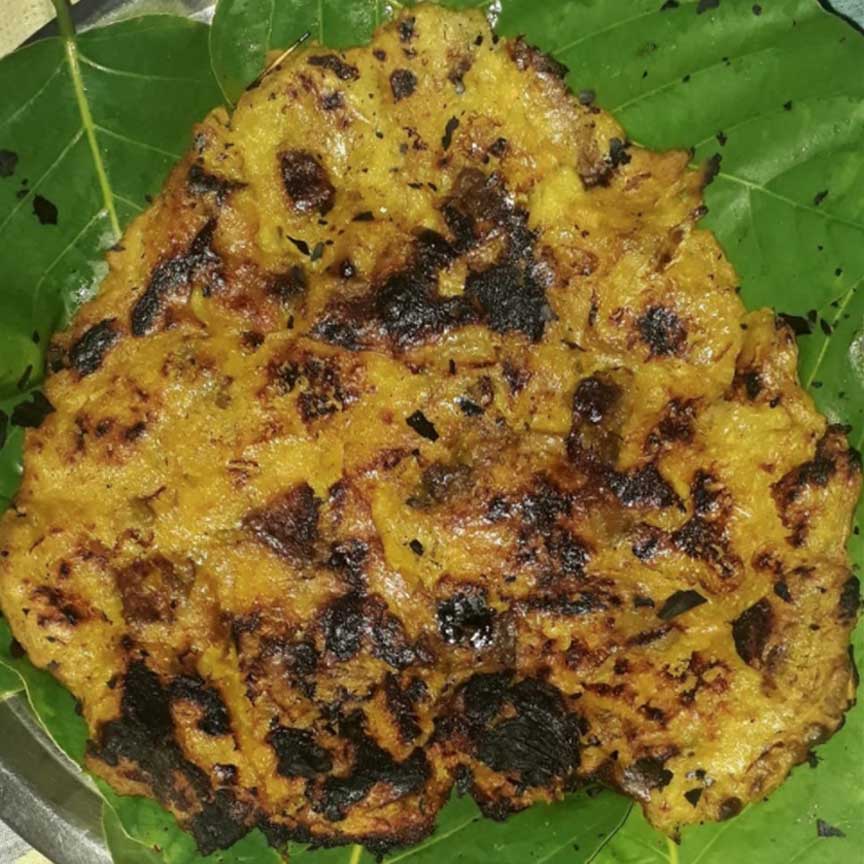
A non-vegetarian filling is rolled up in rice flour dough and fried
Sabuj Soren, a small-time trader from Banspahari, gives up the method. “Cut up chicken, mutton or pork in small pieces, marinate and deep-fry, retaining some juice. Then make some dough with rice powder and flatten them on rolling board like a Pizza bread, arrange the meat and roll them. Heat up a pan and fry a little changing sides. And there you have a Jel Peetha,” says Soren.
Soren even has the hierarchy clear. “Sukri (pork) Peetha is esteemed more than naram (mutton) Peetha, while sim (chicken) Peetha is more common – it would energise any Adivasi festival or occasion,” he lists out with a grin.
After all, “the aroma of a sizzling dish can drag you inside a lion cave,” goes an old tribal saying in Jangalmahal.

